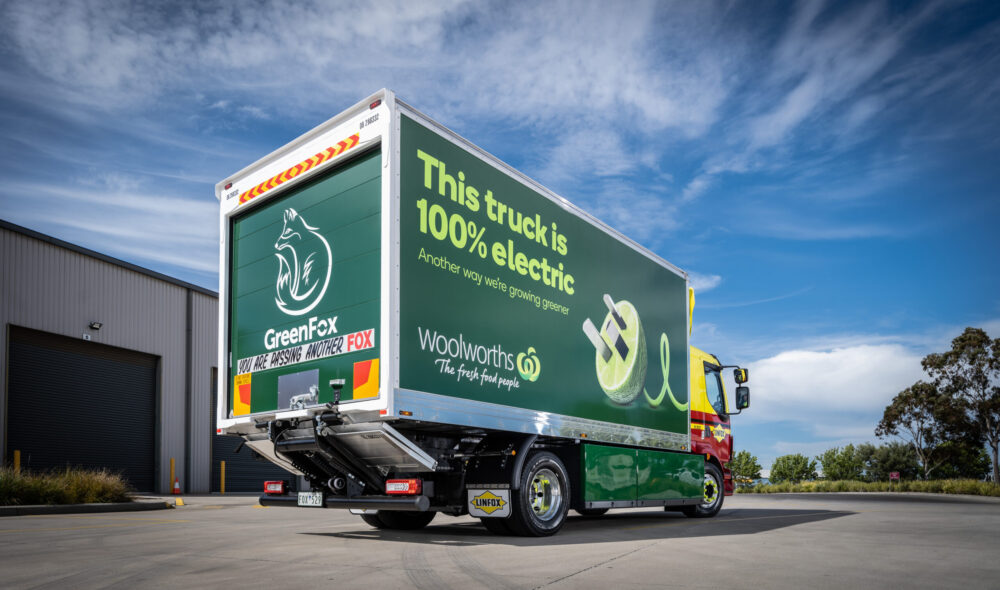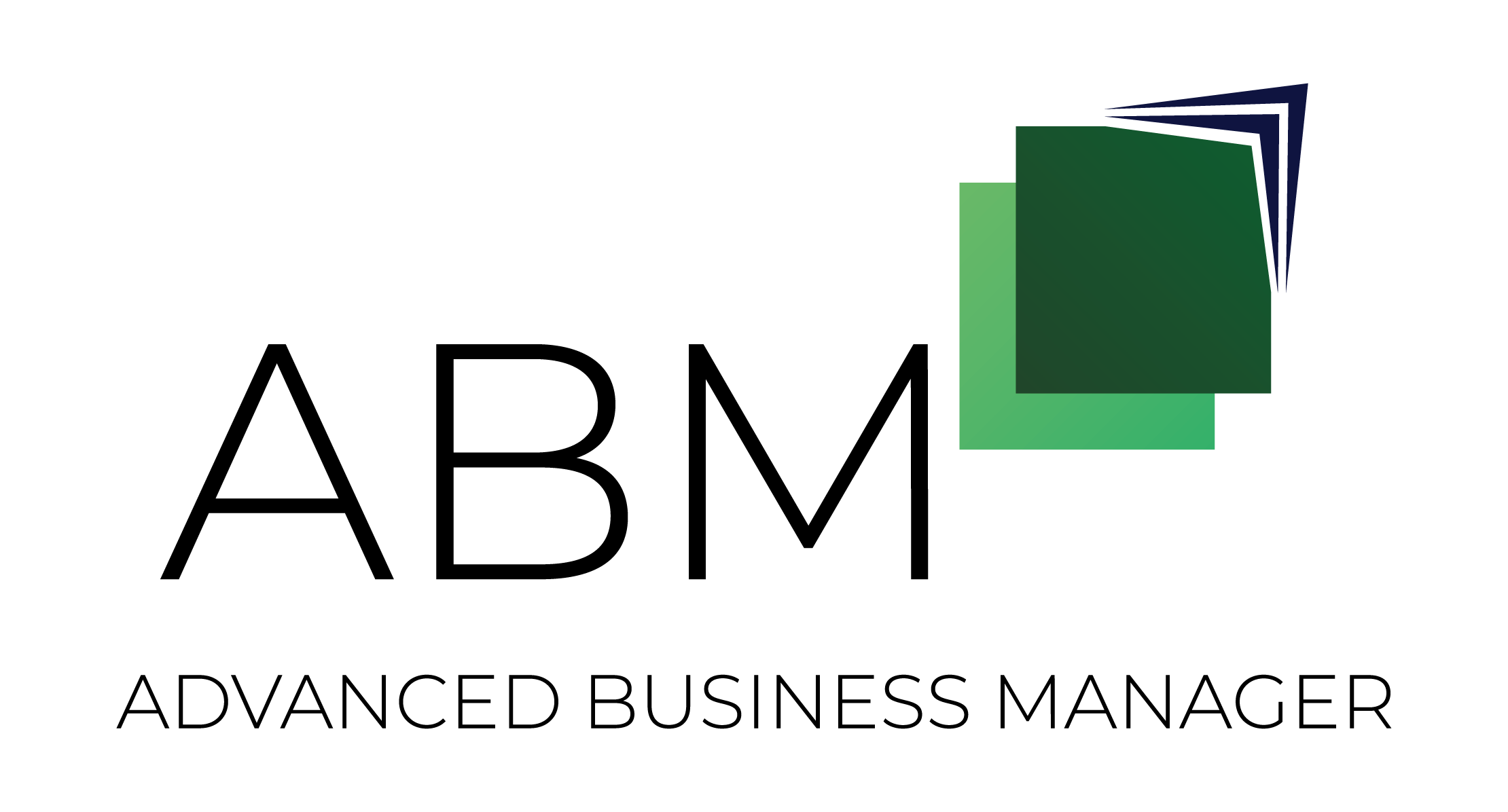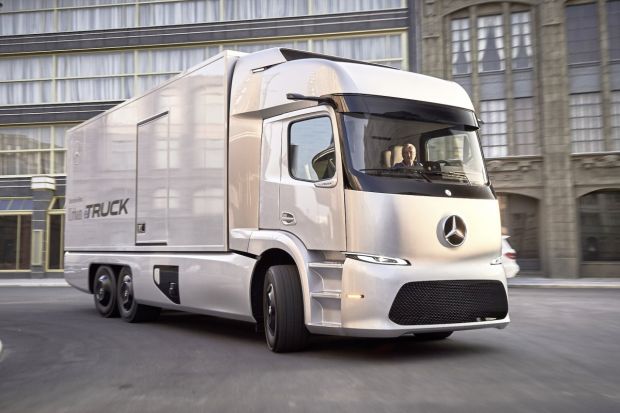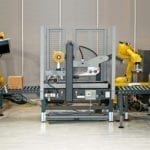Every industry sees industrial change and progress, and it can be argued that the spotlight is firmly on renewables. As the world pushes to make the use of Electric Vehicles (EVs) commonplace, one sector of the automotive industry has been particularly slow in the uptake due to a lack of charging infrastructure: Logistics and Transport.
New research out of Edith Cowan University (ECU) has shown that this doesn’t need to be the case. By thinking laterally about those sectors of the industry where EVs would not only be viable, but potentially save money in overheads for the companies involved – the main requirement being a shift in thinking.
The research suggests a charging strategy for small to medium sized Electric Trucks (ETs) which have regular patterns of returning to a depot, such as delivery/postal and mining trucks.
Research lead Associate Prof. Iftekhar Ahmad says there is a two-pronged solution to bringing these types of logistic vehicles into the electric age: Depot charging and in-route charging.
“The depot charging is designed for applications where the ETs arrival and departure times can be pre-determined,” Ahmad says.
“Depot charging will be ideal for a small to medium-size fleet that follows fixed operational schedules and return to their depot, such as urban delivery trucks, after a certain interval.
“We call this a return-to-base model.”
Ahmad says if business owners could adjust their operations with depot charging in mind, suddenly a fleet of ETs could become more viable.
“Our proposed model considers the fleet size and their operational schedules to determine how to optimise their charging strategy so that the charging costs can be minimized without hampering their operational schedules,” Ahmad says.

However, as many in the logistics and trucking industry know, sometimes plans get derailed, due to on road traffic jams, bad weather, or even cancellation of particular deliveries.
An in-route charging model can be used when drivers experience deviations in their operational schedules. This model would see ETs be able to piggyback on the infrastructure progress in place for electric vehicles, such as plugging in to existing DC fast chargers during their daily activities.
“In most cases, all you need is suitable charging points and enough space to park the truck,” Ahmad says.
Amongst the different modes of transport around the world, road vehicles are responsible for almost 75 percent of carbon dioxide (CO2) emissions.
Of that, 40 per cent of CO2 being emitted into the atmosphere, comes from commercial truck fleets.
Several truck manufacturers, such as DAF, Daimler, MAN, Navistar, PACCAR, Nikola, Volkswagen, Volvo, and Tesla have announced significant plans to electrify their respective model ranges, with battery sizes ranging from 300 kWh up to about 990 kWh.
Domestically, Linfox last year introduced refrigerated ETs into the Woolworths fleet, delivering fresh produce to stores across metropolitan Melbourne.
With the changes in the delivery of logistics and supply chain, and the demands many industries face in a post-covid world, you cannot risk losing control of your business. With ABM’s modular approach you can grow your accounting software as your business grows, and change as the needs of your business change, paying for what you need rather than a list of features. Call now to find out how we can help you evolve your business into the new age.









